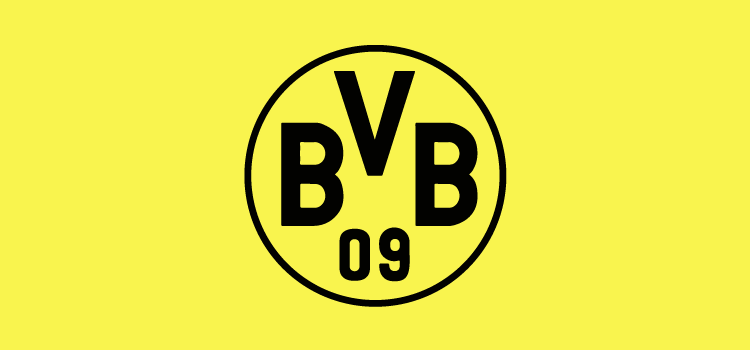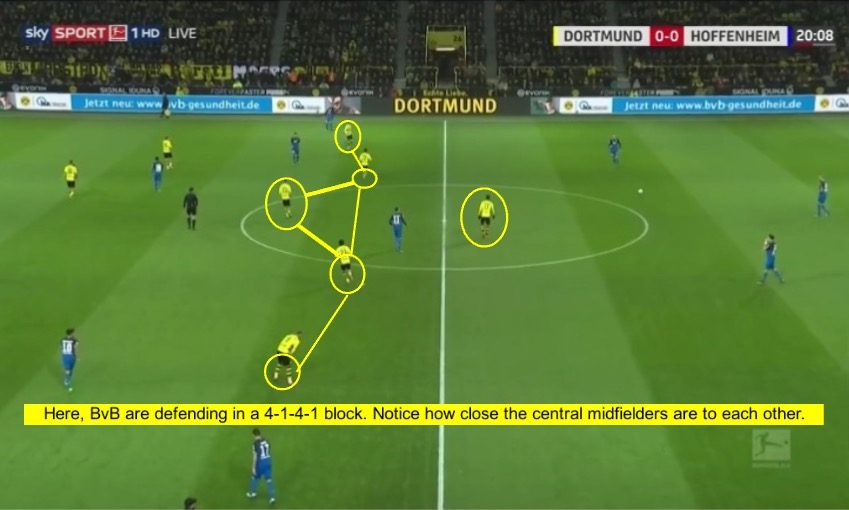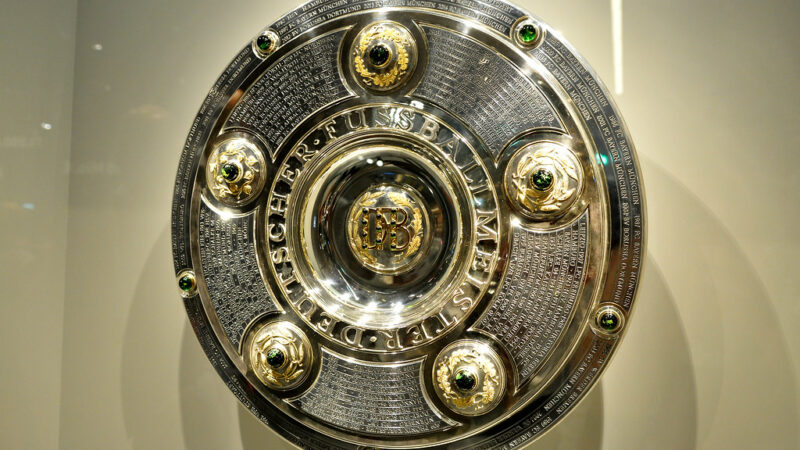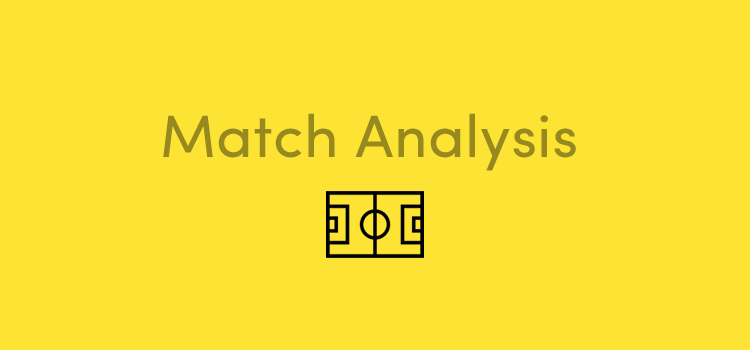The New Bosz: Peter Stoeger analysis

Ever since Jurgen Klopp took Europe by storm in 2012, Dortmund has been the epicentre of entertaining, aggressive, attacking football throughout Germany. This trend seemed to continue in the early parts of the season when the team collected 5 straight wins without conceding a goal. Peter Bosz, fresh from reviving an unheralded Ajax Amsterdam side, continued to rack up praise for his pro-active approach. And let’s be honest, he deserved all the plaudits for how quickly he seemed to transform the team into title contenders so early on in the season. Unfortunately, things took a turn for the worst, the team went on a 9 game winless streak and he got the sack. As the cliché goes, ‘One man’s loss is another man’s gain’ and that was how it turned out when the club unexpectedly hired Peter Stoeger. He wasn’t appointed on the premise that he would produce exhilarating performances. No. Stoeger was hired on the basis that he would bring stability to the team’s performances and find a solution to the team’s vulnerable defence. So far, the results have been promising, with 2 wins in the league and a closely contested loss to Bayern in the DFB Pokal. Going into the second half of the season, we can expect a compromise between Dortmund’s usual attacking game and Stoeger’s conservatism in defence. Below I’ll take a look at the adjustments he’s made since his arrival.
The Deep Midfield Press
We’ve all become accustomed to the high-pressing defensive system used by the last 3 managers. Under Stoeger, Dortmund’s approach to defending has changed in the following ways:
-The team now falls back into a 4-1-4-1 block if they cannot regain possession immediately
-The midfield players mark the central areas zonally

The narrow positioning of the 3 central midfielders, blocks all passing lanes down the centre of the field. This allows them to defend in numbers and prevent overloads. Under Bosz, the team made several defensive errors and were unable to recuperate. The close proximity of the players will provide adequate cover in the event that a mistake is made in a dangerous area.
When Dortmund fall back into their defensive block, they’re able to prevent dangerous counter-attacks from the opponent. Instead of attempting to regain possession at a frenetic pace, they allow the opposition to move up the field without pressurizing them. As a result, Dortmund are able to create space in behind the opposition’s defence, for the incredibly quick frontline to exploit on the break. With a speed-demon in Aubameyang and other quick players such as Pulisic and Yarmolenko(and hopefully Reus when he returns), Dortmund have the ability to take advantage of any team that pushes their backline too far up the field.
Constructing Attacks:
When in possession, the team plays in a 4-3-3 shape. The build-up play involves directly looking for gaps in advanced areas. If this is possible, one of the wingers will be seen dropping deep to receive the ball from a player in the backline or a midfielder. In this instance, one of the advanced midfield players will then make a penetrating run ahead of the winger. Thus they’re able to play out from the back using these movements.
If a forward passing option is not viable, the ball will then be played into wide areas to the full-back. The aim is to advance into open spaces out wide or to rapidly switch play in order to take advantage of spaces opened up on the opposite flank. Julian Weigl (or whoever plays at the base of the midfield triangle) will be key to setting the tempo of the team’s play. The ball needs to be moved at the right speeds in order to move opponents from left to right in order to open up gaps. Here’s the perfect example of how Dortmund can penetrate through a team’s defence after patiently looking for gaps to play in:
In areas around the final 3rd, the approach to creating goal-scoring chances is similar to the build-up. In this phase, they continue to move the ball from left to right in order to create space for a cross or a through-ball. The video below demonstrates how Dortmund crafted two goals by finding the space to create an opportunity after switching play:
In the game against Bayern, Dortmund played using a 4-2-3-1 in the second-half. This system may be used as an alternative if the game requires a change of shape. Such a change would benefit players such as Mahmoud Dahoud and Nuri Sahin. The two midfielders are fantastic at maintaining possession and can be relied on to create key passes. If either one is paired up with Julian Weigl, it could benefit the team. The opposition would now have to deal with not one, but two intelligent playmakers at the base of midfield. This shape could also be used if Stoeger decides to take a risk and wants the team to press in advanced areas. Dortmund aren’t unfamiliar with this system, in fact, most of their success has been a result of using it. So it provides a great alternative should Stoeger need a ‘Plan B’.
Going Forward
At the moment, Stoeger’s tactics seem to be the logical progression away from the team’s poor displays. However, his management capabilities and tactical acumen will only be truly tested once Dortmund have games coming at them thick and fast. He has an array of skilful attackers at his disposal and he’ll be pleased to be working with such talented and versatile individuals. The challenge for the Austrian is to create the necessary synergy between his players, in order to get consistent performances out of them. How he deals with injuries will also be crucial to determining the team’s success. Fortunately for the former Rapid Wien manager, a solid start has given everybody the confidence that he is the right man to lead Dortmund going into the second-half of the season.



